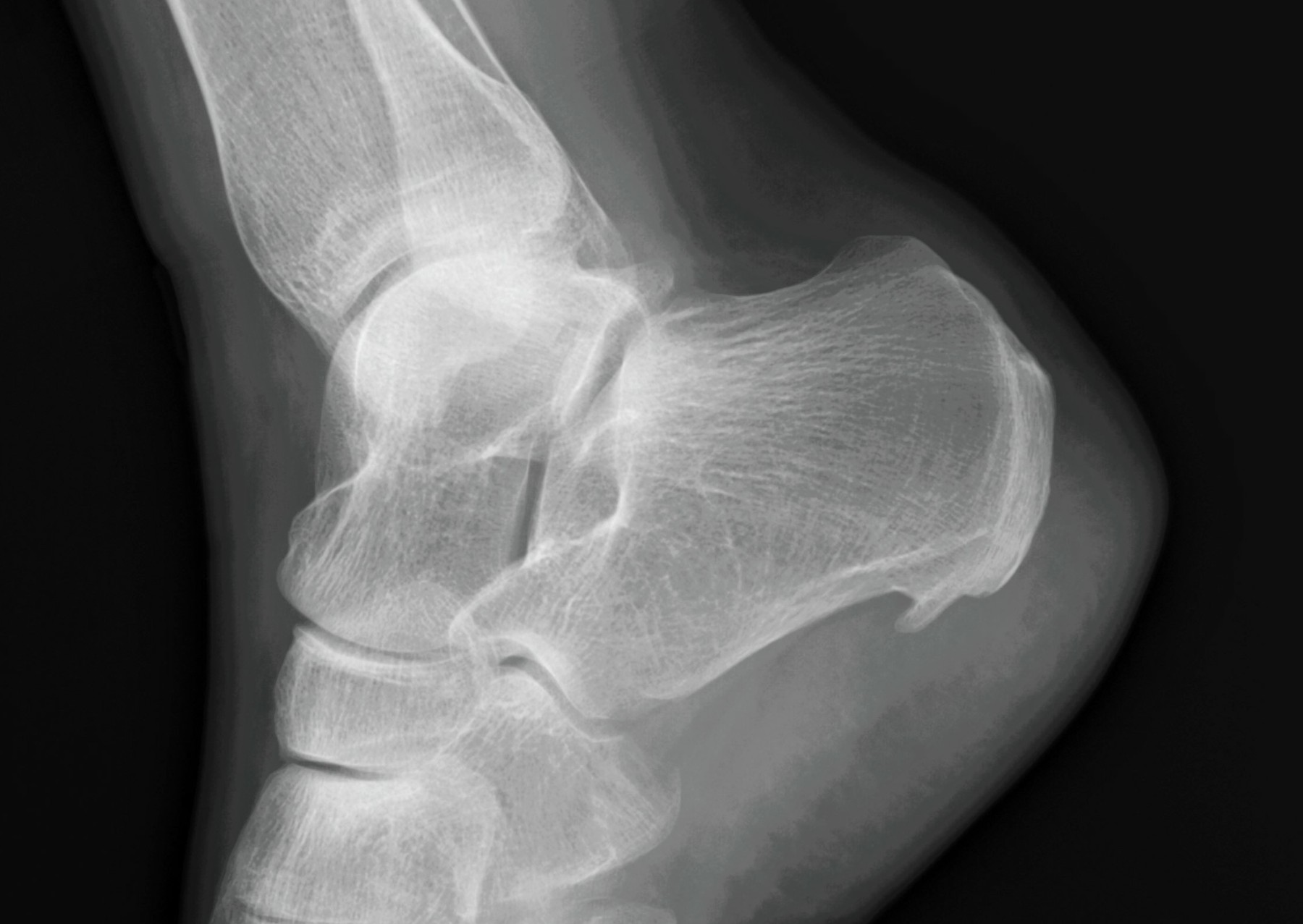Heel Spurs
One of the ways this presents is through the occurrence of heel spurs, which are painful and can cause unwanted lifestyle changes. But what exactly are heel spurs, and how do you know if you have them? Read on to find out.
What are Heel Spurs?
Heel spurs are bony, often painful growths that protrude from the heel of your foot. They develop over time and are the body’s response to stress. In fact, heel spurs are most commonly caused by chronic stress on the Achilles tendon or the plantar fascia (or the bow-shaped band of tissue that spans the bottom of the foot).
Heel spurs are calcium deposits formed by the body in an attempt to relieve strain on the tendons. Extra bone tissue is formed when chronic stress is apparent in the arch area of the foot or surrounding tendons, with the majority of them being the result of the condition known as plantar fasciitis.
Heel Spur Symptoms
Symptoms of heel spurs may not always be obvious, and many cases are asymptomatic. However, when symptoms do present, they can include the following:
- Sharp, stabbing heel pain that often presents when first standing in the morning.
- Dull, aching heel pain throughout the day.
- Feeling heat around the heel area.
- Inflammation/swelling around the heel area.
- Visible bone protrusion below the heel.
- Tenderness under the heel, making barefoot walking painful and/or difficult.
Some, all, or none of these symptoms may occur when experiencing heel spurs. Any of them warrant a trip to come in and see one of our podiatrists, however, as they may become worse over time if not addressed.
What Causes Heel Spurs?
As heel spurs are the result of repetitive stress or strain on the foot, their main cause is unaddressed and/or long-term plantar fasciitis. However, other causes relate to lifestyle choices as well as other factors. They include:
- Certain exercises: Running, jumping, and other high-impact exercises expose the plantar fascia to repeated stress.
- Hard surfaces: Exercising on hard floors or ground causes more significant impact on the feet.
- Unsupportive footwear: Repeated stress on the foot’s arch due to improper footwear can lead to plantar fasciitis, causing heel spurs to develop later.
- Injury/Trauma: Injury or trauma to the heel area like bruising or tearing of the membrane.
- Age: Heel spurs are more common in people over forty years old.
- Weight: Excess weight puts prolonged stress on the feet, leading to heel spurs in some cases.
- Gender: Though men can also experience them, heel spurs are more common among women.
Heel Spurs Treatment
When considering treatment options for heel spurs, it’s important to correctly diagnose the source of your heel pain first. This is because most heel pain is caused by plantar fasciitis, which can then lead to heel spurs if not treated accordingly.
Treatment for plantar fasciitis is non-invasive, and much of it can be done at home under the direction of our podiatrists. Some suggestions might include:
- Supportive footwear.
- Custom orthotics for your unique foot shape.
- Low-impact, gentle exercise like cycling or swimming.
- Plantar fascia strengthening exercises and stretches.
- Cortisone injections for pain/inflammation.
- Platelet rich plasma (PRP) therapy for faster healing.
- Night splints to support and stretch the surrounding muscles.
- Ice to relieve pain/inflammation.
- In rare cases, surgery.
If there are indeed heel spurs present, the only way to remove them is through surgery. However, this is only recommended once treatment for the plantar fasciitis has been completed. There are also actions you can take at home to alleviate your heel spur pain, including:
- Rest: Take a break from exercise when pain presents in the heel while exercising.
- Ice: Icing the bottom of your foot and/or heel area to reduce pain and swelling.
- Supportive footwear/Orthotics: Cushioning and supporting the plantar fascia to relieve stress on the area.
- Over-the-counter anti-inflammatory medicine: To relieve pain and inflammation.
Contact Us Today
Whether your heel pain stems from plantar fasciitis, heel spurs, or any other source, we’ll work with you to determine the cause and recommend the best course of action. Contact us today for a consultation with our expert podiatrists, and we’ll get you back to being pain-free!

